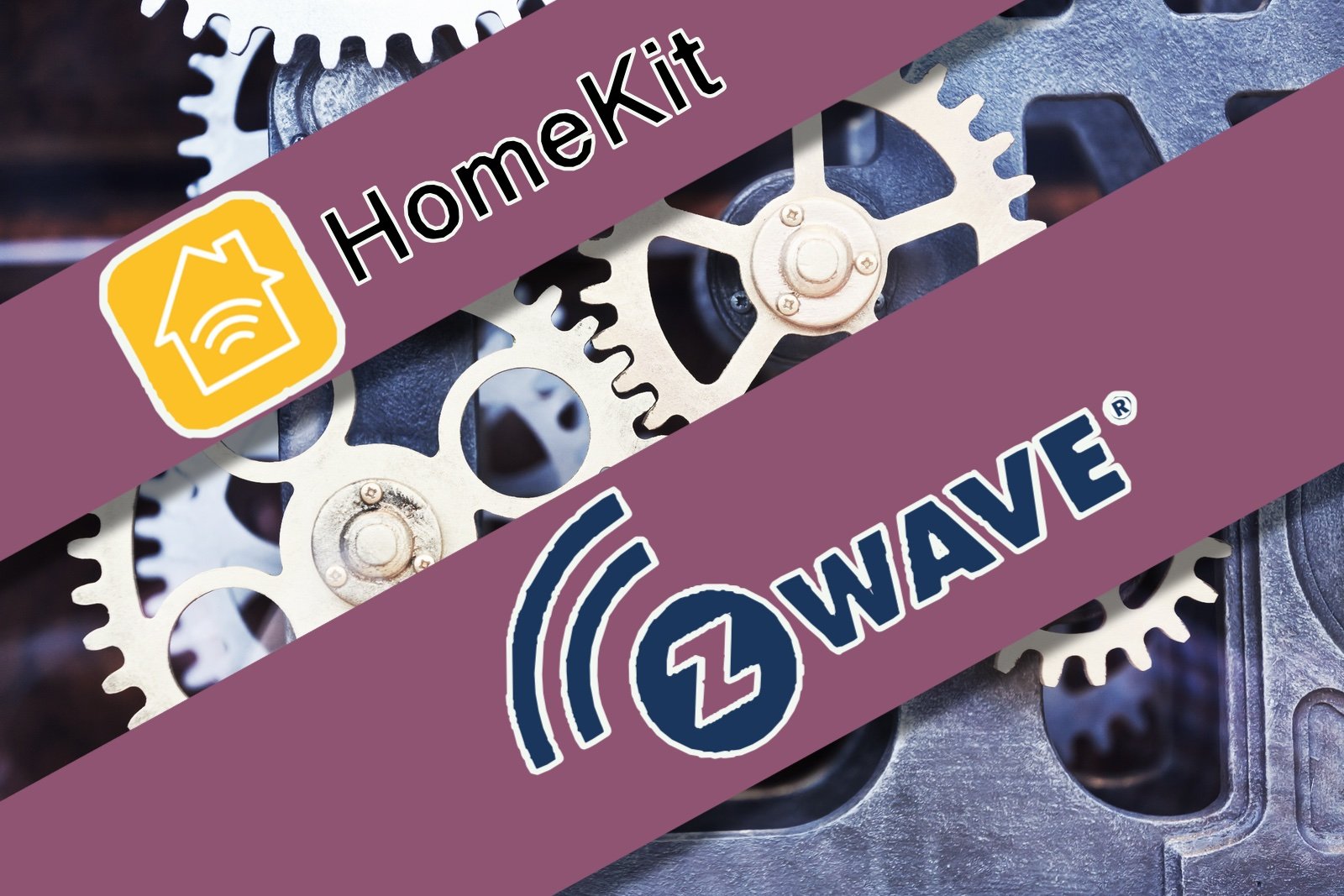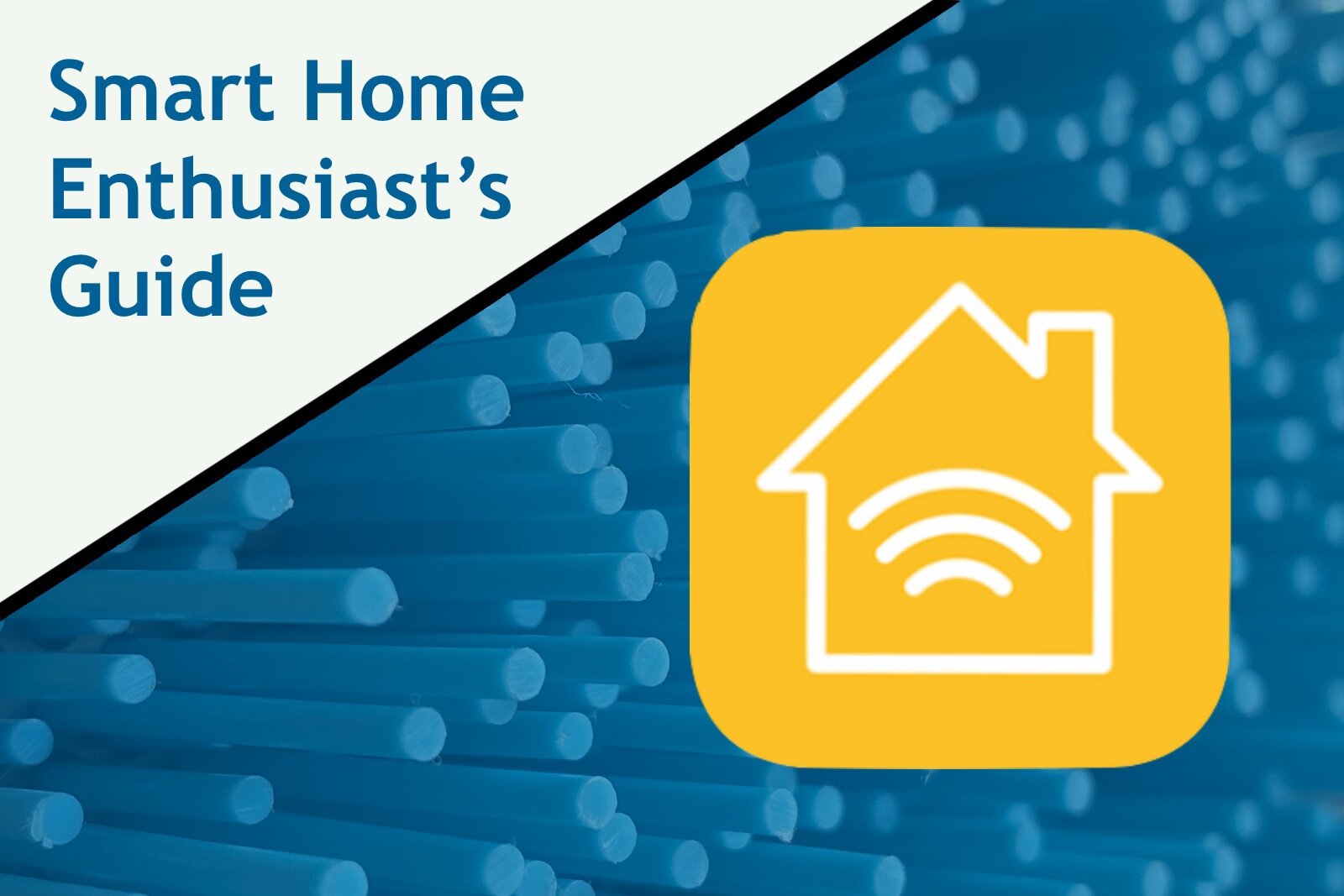Can you delete your Alexa voice recordings? Sort of.
Having a good voice assistant is an almost mandatory expectation for a smart home. Being able to give commands to your house and get quick answers to questions is not only very convenient, but adds greatly to the sense of living the sci-fi life that draws some of us in to embarking on such a project. There are always two sides to every coin, however.
As sensationalized headlines continue to draw attention to the risks of always on microphones in the home, people are rightly waking up to the very real privacy concerns that are inherently associated with this technology. The major tech companies are not oblivious to these concerns, but are also not as motivated as they should be in providing the necessary protections to the customers. In response to the media realization that Amazon employees and contractors necessarily need to access and review recordings made by Alexa devices in order to train and improve the service, Amazon made some improvements to their privacy tools in an attempt to allay some of the fears around the control we have over our data.
Indeed, with the advent of Europe’s GDPR legislation, Amazon and other tech companies are required to have the capability to provide a person with all personal data they have collected. As far as voice recordings go, this is now very easy to access either via the Alexa app or through your account settings on the Amazon website.
Unfortunately, finding these settings is not particularly obvious. In the app you need to go to Settings > Alexa Privacy > Review Voice History. That’s not too bad, but on the Amazon site you need to go to Account & Lists > Your Devices and Content > Manage Devices > Alexa Privacy then click the arrow in the box called Review Voice History. Both of these routes will get your to the same page, but Amazon could do some work in aiding discoverability through the web site settings maze.
The Voice History page in the app and on the web
From the Review Voice History page you can review everything recorded by Alexa over increasing time periods from Today, Yesterday, This Week, This Month or all time. You can also now specify a specific date range to review by using the Custom option. There is also an option at the top of the page to enable deletion commands via Alexa itself, so you don’t have to navigate to this page to delete things quickly if need be. Once you have some results, you can using the link below the range selection to delete all of this results, or select specific recordings to delete using the check boxes next to each one. By clicking the chevron on the right side of the recording you can play it back, and also see the transcript of Alexa’s response, if any.
What you will probably notice are a number of entries shown as “Audio was not intended for Alexa”. These ones are of particular concern, and are the root of many scare stories about the invasive nature of listening devices in the home.
So is this worth it?
All voice assistants still suffer from cases of false triggering; the microphone is always ‘hot’, listening for the trigger word or phrase and can sometimes misinterpret background noise or speech. When this happens, it’s possible for extended periods of conversation to be recorded inadvertently. There have even been cases of Alexa thinking you asked to call someone and then relaying your whole private conversation.
Given that Amazon has now confirmed they have no retention limit in recordings and transcripts, this may give you pause about leaving them untouched in Amazon’s hands. Keep in mind, though, that Amazon can’t realistically (and doesn’t) guarantee all copies of the data are deleted. The privacy policy refers to Primary storage, which is Amazon’s archives, but any data collected by third party skills and services which require you to connect your account to Alexa can’t be managed by Amazon. This latter scenario is typically the case with controlled smart home devices, as Alexa can’t communicate directly with them and needs to go via the device maker’s servers.
Amazon has a number of features in place to ensure users know when Alexa is listening, such as the ring light, but these things can easily go unnoticed, especially if the trigger came from outside the room. The fact is the device is always listening for the trigger phrase. Thankfully Amazon has provided a physical mute button on Alexa devices, which electronically disconnects the microphone. If you have concerns about unwanted recording, it’s a good idea to hit that button when your not using the device. This may not always be practical, especially if you are using an Echo for smart home control where you need the convenience of being able to issue commands while up and about.
In these cases, it’s certainly good to know we can at least check on what has been recorded, and take action. There is no way of knowing whether those recordings have already been reviewed by a real person though. You can limit this by using a couple of other settings under the Alexa Privacy section. On that same page (where you find Review Voice History) is another section called Manage How Your Data Improves Alexa. From here you can turn off using your voice recordings to train Alexa, and whether your message transcripts are used to improve voice accuracy. Amazon has a caveat that turning off the training option may impact your use of some features, so you’ll need to try it and see if it works for you.
There’s no question about the utility of smart speakers, and Alexa is certainly very capable, in no small part due to the use of voice recordings to train the machine learning that powers it. Nonetheless, we all need to be aware of the privacy implications of any technology use, and ensure that we make the value of protecting our personal data known to device makers so that they continue to be compelled to take it seriously.











